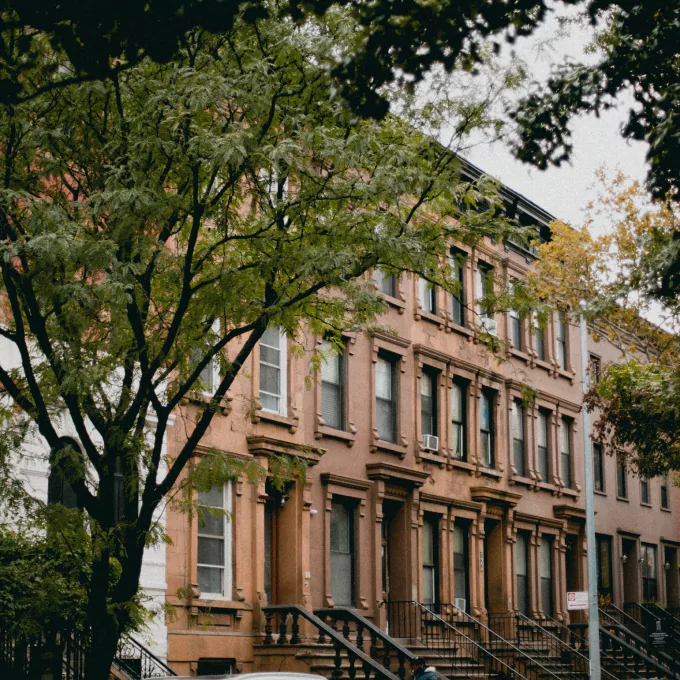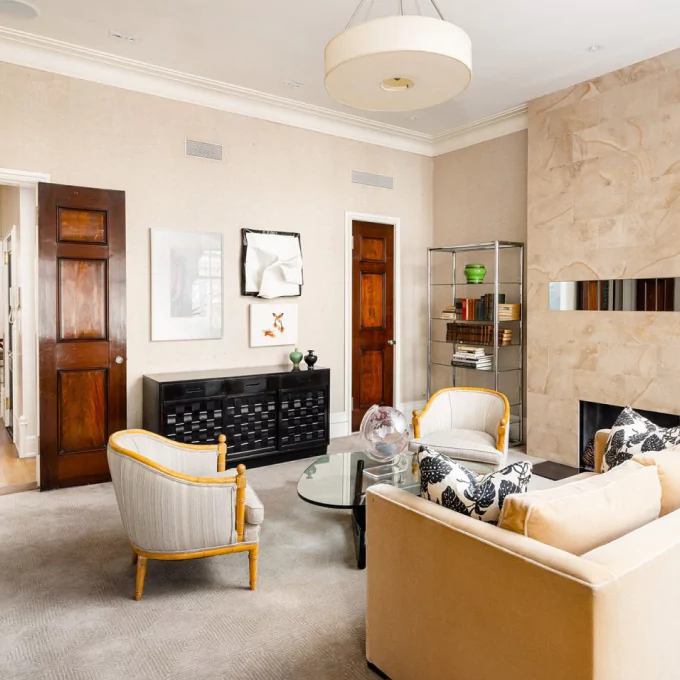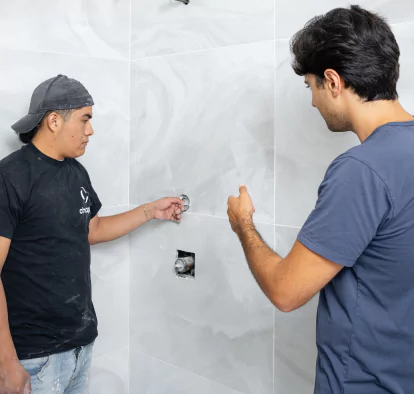Renovating a brownstone or townhouse in New York City offers a blend of challenges and rewards, allowing homeowners to preserve a slice of history while tailoring their living spaces to modern comforts. These iconic structures, each with distinct characteristics and historical significance, require a nuanced approach to renovation that respects their architectural integrity while meeting contemporary living standards. This guide provides an overview of the renovation process, highlighting key considerations, regulatory requirements, and the differences between brownstones and townhouses.

Understanding the basics
Before taking on a renovation project, it's crucial to grasp the specific attributes and regulations affecting brownstones and townhouses. These properties, often nestled in the city's most desired neighborhoods, range from historic 19th-century brownstones with their classic sandstone facades to more diverse townhouses, which can vary widely in age, style, and material.
Navigating regulations and approvals
Renovating in NYC involves navigating a maze of regulations, especially for properties in historic districts or those designated as landmarks. Approval from the Landmarks Preservation Commission (LPC) may be required for exterior changes to preserve the architectural heritage. Additionally, zoning laws and building codes dictate the scope of renovations, from structural alterations to the installation of modern systems.
The permitting process
Securing the necessary permits from the NYC Department of Buildings (DOB) is a critical step. This includes construction, plumbing, and electrical permits, ensuring that renovations adhere to safety standards. Engaging with professionals experienced in the NYC renovation landscape, such as architects and expediters, can streamline this process.
Mechanical upgrades
Many NYC brownstones and townhouses, untouched for decades, require critical updates such as electrical rewiring, plumbing improvements, and new HVAC systems. These upgrades boost energy efficiency, aligning with sustainability goals while reducing utility costs. Following NYC Green Building Laws not only ensures compliance but also promotes a more efficient, environmentally friendly living space.
Extensions
Extending brownstones and townhouses in NYC, while navigating zoning laws and preservation guidelines, can significantly increase living space and enhance the property's value. Working with experts familiar with NYC's requirements ensures a timely and efficient approval process. Although securing necessary permits in historic districts is complex, a well-executed extension not only enriches the home's functionality but also boosts its market value, making it a strategic investment in the property’s future.

Enhancing outdoor spaces
Many brownstones and townhouses feature outdoor spaces, such as rear gardens or roof decks. Renovations provide an opportunity to enhance these areas for improved outdoor living.
Choosing the right professionals
The success of a brownstone or townhouse renovation often hinges on the team you assemble. This includes architects, contractors, and designers experienced in navigating NYC's unique renovation landscape. Look for professionals with a track record of successful projects in similar homes and who are familiar with the specific challenges and opportunities these types of buildings present.
Differences between brownstones and townhouses
While both property types share some similar renovation considerations, there are key distinctions worth noting:
Architectural and historical significance
-
Brownstones are celebrated for their distinctive brown sandstone facades and historical architectural details. Renovations often focus on restoring these elements, which may require specialized craftsmanship.
-
Townhouses offer a broader architectural diversity, ranging from brick or wood exteriors to modern designs. Their renovation can sometimes afford more flexibility, not being as bound by preservation requirements as brownstones.
Regulatory considerations
-
Renovations to brownstones frequently face stricter scrutiny due to their location within historic districts, demanding LPC approval for exterior modifications.
-
Townhouses, depending on their historical designation and location, might encounter a different set of guidelines, with newer properties potentially facing fewer restrictions.
Interior layout and features
-
The interiors of brownstones often feature historic elements like ornate woodwork and plaster moldings, with renovations aiming to preserve these details while updating for modern living.
-
Townhouses can vary significantly in interior design and layout, allowing for a wider range of renovation approaches, from cosmetic updates to complete overhauls.

In the complex world of NYC renovations, transforming a brownstone or townhouse requires a skilled partner. Chapter, your all-in-one design and build company, makes this process effortless by managing everything from planning and architecture to interior design and construction. We understand the value of your investment. With our expertise, we ensure your renovation not only respects the property's historical essence but also significantly enhances its value. By choosing Chapter, you're investing in a seamless renovation journey that promises not just a dream home but a smart financial future.

